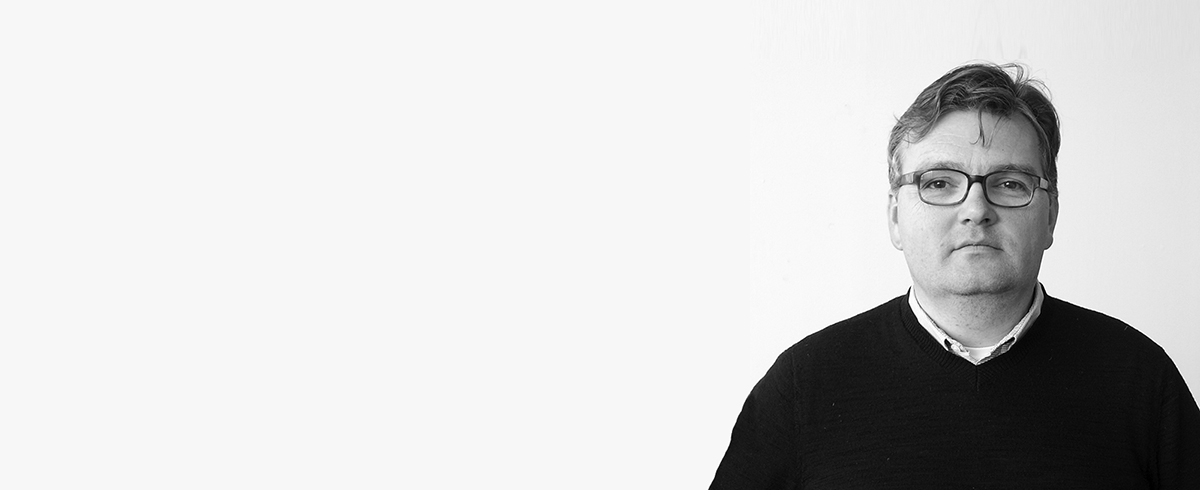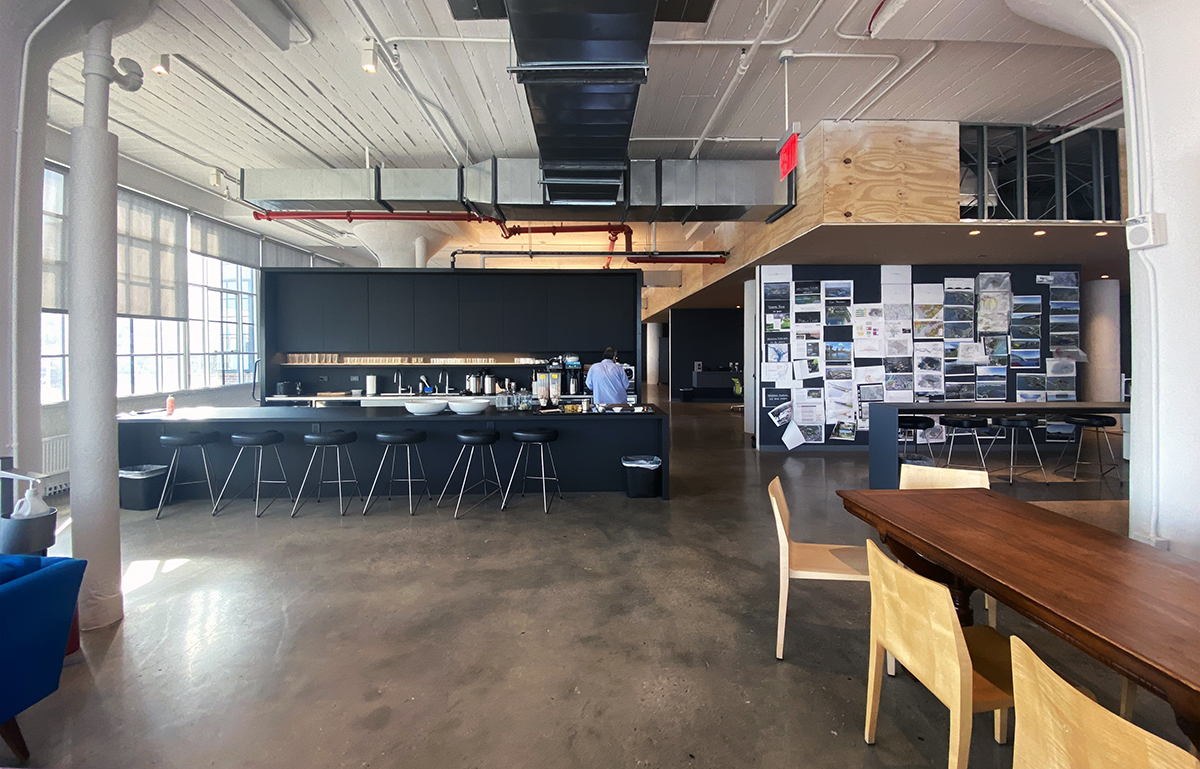There are various types of architecture firms out there doing all sorts of different kinds of work … but what is it like to work for a firm that routinely wins design awards and arguably falls into the category of design superstar. How do you get those jobs? Is the work more interesting and rewarding? What sort of room for growth is there? We are going to find all this out and a lot more as we welcome a special guest onto today’s show. Welcome to EP 111: Talking Shop with Kevin Rice
[Note: If you are reading this via email, click here to access the on-site audio player]
Podcast: Embed
Subscribe: Apple Podcasts | Spotify | Android | iHeartRadio | TuneIn
About our guest:
Kevin Rice is a principal at Diller Scofidio + Renfro in New York with more than 25 years of experience in the design and management of cultural, educational, and public space projects.
After receiving a Bachelor of Environmental Design from Texas A&M University in 1991 and a Master of Architecture from Harvard’s Graduate School of Design in 1996, he led a wide range of academic projects for Perkins & Will Architects and Polshek Partnership Architects in New York including the Smith College Fine Arts Center; the Visual Art Center at Sarah Lawrence College and the International School of Beijing Shunyi.
Kevin joined DS+R in 2005 and has led some of the highest-profile projects for the studio. He was Project Director for the Museum of Modern Art Renovation and Expansion in New York City, he led the design and construction of The Broad Contemporary Art Museum and its associated public spaces in downtown Los Angeles, and led the design team for the $1.2 billion Lincoln Center 65th street / Public Spaces redevelopment while providing management oversight for many of the 30 sub-projects across this cultural campus.
Kevin sits on the Historic Preservation Committee of the Municipal Arts Society in New York and has lectured on the integration of public space and architecture at UCLA, USC, Cal Poly SLO, Woodbury University, Columbia University, Rice University, and The Center for Architecture, NY.
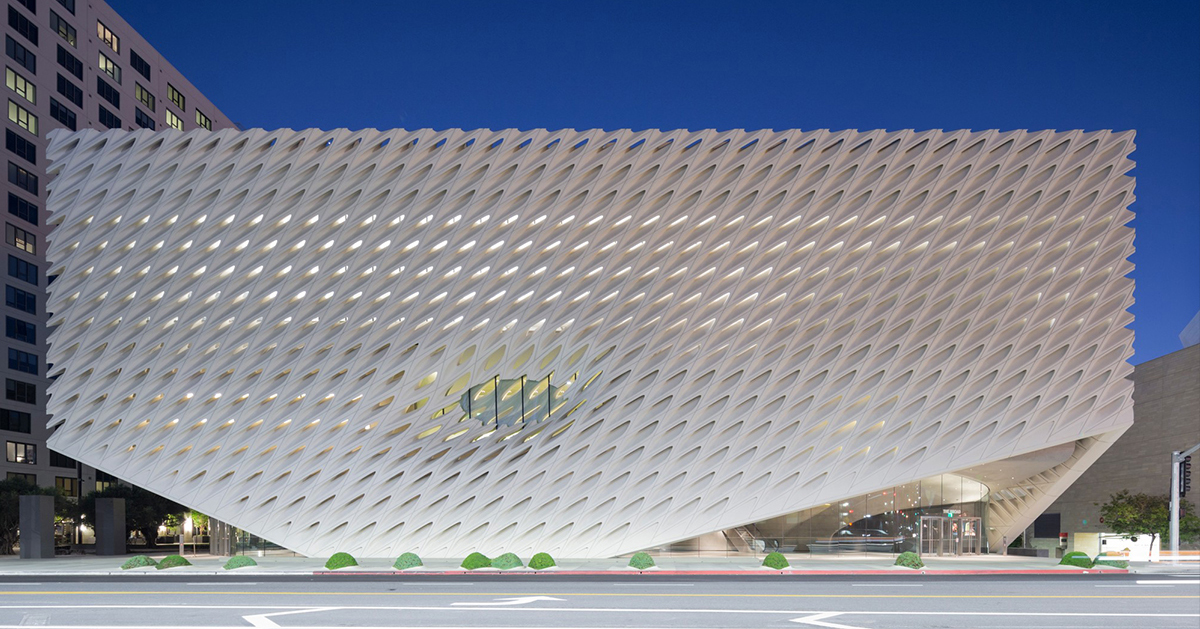 The Broad Contemporary Art Museum in Los Angeles
The Broad Contemporary Art Museum in Los Angeles
How did your career develop – what led you to where you are right now? jump to 3:47
Kevin: As I look back at my career over time, I can say that I really made some conscious decisions that got me to where I am today. I might not have anticipated the outcome of them at the time of making those decisions, but I can now definitely see which decisions and how they impacted my career. This began even back in school when it came to choosing professors and classes. Also, I was fairly adamant about some aspects of my career that pushed me into various positions. For example, when I was in school, I made a choice not to learn computer software which was very new at the time. This kept me from being the young “technology/software” employee in my early career. This was a decision made so that I was not automatically pushed into the role of “computer guy”. I did not know where it would lead me, but at least I knew where it would keep me from going. Many of my earlier career decisions were like that. I moved around a bit in my early career, but I have now been at DS+R for 17 years. So some of my decisions led me to this position, and others still modify my role here.
What is it like to work at a firm where design excellence and awards are the standard? jump to 13:12
Kevin: In reality, I do not think it’s very different. There is a certain level of expectations on our projects from the beginning that may not be present in other firms, but that is what we thrive on and also most likely why we got the project in the first place. There can be some pressure to live up to these expectations, but after so many years here with the firm, I may be a bit numb to them. I will say it can be stressful for new employees or those early in their careers to work with that pressure. At this stage, our clients know what they are getting from our firm. They have an idea about where we will try to go and what we will push. When we are the firm in the room, there is already a certain level of design thought that is expected. I think the notion of design excellence maybe starts us off at a higher place or base level than some other firms. This can be a good or bad thing, but we mostly try to always see it as a positive. I can recall very few times, if any, when a client has told us we did not go far enough or that they expected more.
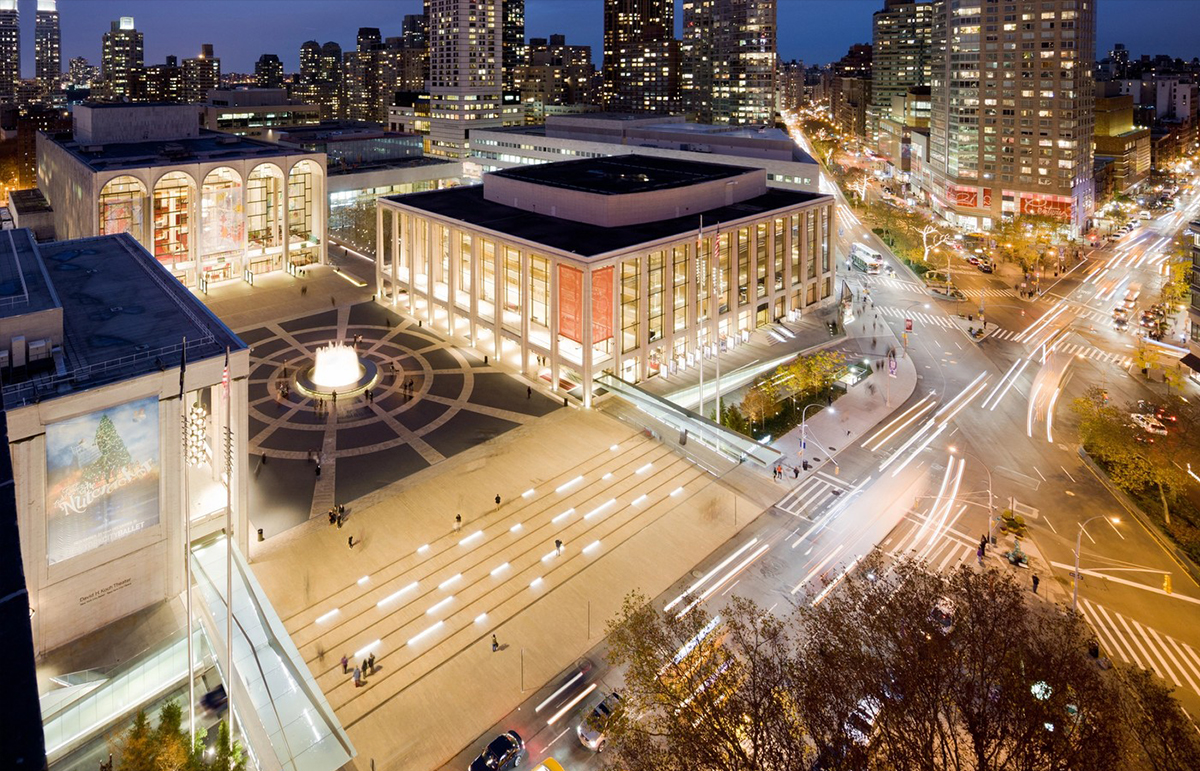
How do you think working for a firm like DS+R (where you are known for your design skills and vision) is from a more traditional practice, especially in the early career? jump to 18:08
Kevin: There are some of the “job-hopping” or “star firm surfers,” to be certain. I have a term for that, but it’s not show appropriate. But it is not always a bad thing, and we expect a certain amount of that which we know will happen. We try our best to steer away from those individuals who we know or get a sense that they are only here for our namesake and are only interested in that aspect. At the same time, we have these people in our office, and they can contribute in many great and useful ways. Some people may not start out with the idea of only being in our office for two years, but I cannot fault them because I think it’s important to have several jobs during your early career. Get different experiences at different firms before you settle into your career.
What is the most underrated skill for an architect? jump to 20:18
Kevin: Reading the room. I say that a bit jokingly, but that is really a skill for a 35-year-old professional. But a skill for a 25-year-old is about learning how to understand and admit the things you do not know. This teaches you to learn to search for those answers and then only focus on the knowledge you already have. There is something about your early career to being able to admit those things you need to learn more about that eventually makes you a better professional and better architect. Later in your career, you must convince people to come along on the journey with you. You have to be able to bring everyone along with you on this long and often difficult journey. It takes work by all of us to achieve the goals. This can be part of reading a room and understanding how to motivate people to buy into your ideas and then want to help finish all the work.
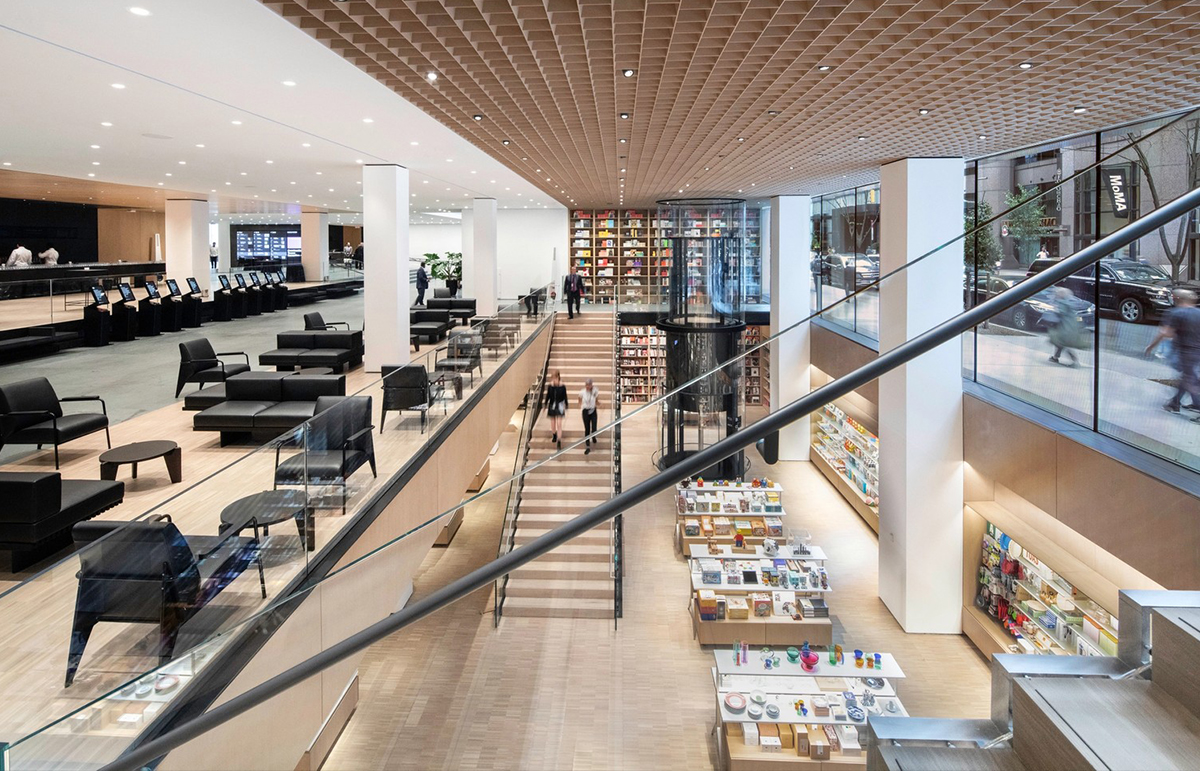
I know you do an extensive amount of traveling for work – do you enjoy it? jump to 32:42
Kevin: Yes. It has calmed down a bit due to the pandemic. But before the pandemic hit in March of 2019, by that time in those three months, I had already racked up 28,000 miles of travel. I like this work travel for the most part, but it can get tiresome. It can get downright brutal at times. But it is also very nice that I get to go to a lot of places around the world. This is definitely a positive. This travel is not always glamorous, and also it is sometimes more travel time than anything. I recall once that I traveled to Australia for a single meeting. I like to say that I have seen lots of industrial parks on the outskirts of a lot of great cities. I have been to plenty of hotel bars that all look the same all over the world. I have enjoyed the work we are doing in Dallas currently as it gets me back to Texas. While I am from Houston, I still have many friends and family in the Dallas area, so getting to travel back there for work is nice from that aspect. But not all work travel is like that.
You’ve just moved into a new office space, and I know you are just settling in still, but what is the studio environment like in your office? jump to 36:50
Kevin: Our office is big enough, and we have enough work going on that there is always some type of design meetings going on in the office. This makes it so that there is a constant discussion of design that is ongoing. We are also a bit of a “confrontational” office in the sense that we push collaboration and that everyone has a voice in the design process. We can disagree about design choices, options, and ideas and work through them to get the best solution. We rarely have projects that are the result of a singular idea. The partners have their own projects, but most are done by the office as a whole, not just as a sole “creator.” So we place an emphasis on the idea that everyone has a voice in the process. This helps with the notion of ownership and gets that greater buy-in from the entire office or team.
How did you guys manage covid and WFH? jump to 41:09
Kevin: We were actually shut down for much longer than most firms. By that, I mean our physical offices were closed. We began office renovations right as the pandemic started and we only completed the space and moved into the new offices this year. We have only been in our new space since March 2022, so about seven months. So we did not really have a slow migration back into the offices. While we did not immediately come back full force work week, and we are still there, we did not have the opportunity to move back with it lingering in over a lengthy period of time. We started with three days a week in the first “phase” of return. We are now at a four-day week of full-time work, and that is mostly standard for everyone. We try to be as flexible as we can with the situation. We have Fridays as work-from-home days. We have never been too intense about time in the office as long as the work is getting completed, but we do believe that our work is best done in person. It is difficult to “read the room” via Zoom calls. So there is a strong sense of “get your work done” as the main factor in relation to the work schedule. But the demand for time has changed and has been changing in the last five years. Granted, that is bound to deadlines or competitions, but the trend is definitely changing.

What the Rank jump to 45:18
Kevin has agreed to participate in today’s ranking, and in full disclosure, I spent some time thinking about whether I should make this ranking hard or controversial. Should it be easy?? I couldn’t decide so I decided to go potentially controversial, and I laid a potential bear trap for him. Are you ready for this?
Today we are ranking [drum roll please] …
What are the Worst Three Pets?
| #3 | #2 | #1 | |
| Kevin’s Worst 3 Pets | Fish | Lizard | Cat |
| Andrew’s Worst 3 Pets | Bird | Turtle | Snake |
| Bob’s Worst 3 Pets | Spider | Turtle | Any Farm animal |
We did not end up with much overlap here, which was admittedly surprising. Now, Kevin did bring out the most controversial opinion of all with his number one pick. But since he prefaced this entire segment with his undeniable love of dogs, maybe it’s not too much of a surprise. I myself currently have cats, so it stung me a bit. But I have owned both throughout my life, so I will cut our guest some slack. I think that Bob was a bit too generic in his number one choice as that is not a single pet but a category of pets. I am still not sure we should count it. Did we hit your favorite pet? Or did we get just the right ones from your list also?
Ep 111: Talking Shop with Kevin Rice
It was great to have this conversation about career, office, and architecture with Kevin. This “Talking Shop” was a little different than the others we have had in the series, and hopefully, you enjoyed it as well. While we all play different roles at different levels, types, and sizes of firms, it is comforting to know that we all face similar challenges and look to resolve them with similar methods. At least I like to think of it bringing me some comfort to know this about my colleagues, no matter how different our careers seem on the surface. We know it’s been a while since we had a “Talking Shop” episode, and I think we started back up with a proverbial bang. We thank Kevin for his time and look forward to our next opportunity to chat.

